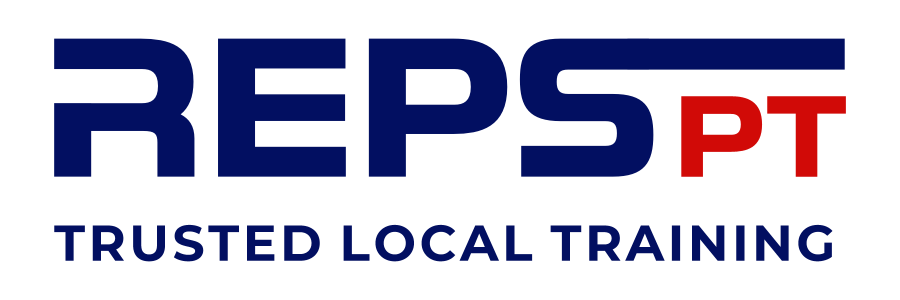Benefits and Form of the Dumbbell Hammer Curl
The dumbbell hammer curl is a powerful variation of the traditional bicep curl, which primarily targets the brachialis and brachioradialis muscles—two important muscles of the forearm. By using a neutral grip (palms facing each other), this exercise can provide a range of benefits and help improve both strength and muscle definition. Here's a look at the key advantages and proper form for the dumbbell hammer curl.
Benefits:
-
Targeting the Forearms
The hammer curl places greater emphasis on the brachialis (a muscle located underneath the biceps) and the brachioradialis (a forearm muscle), making it ideal for developing forearm strength and size. This can lead to improved grip strength, which is beneficial for various compound lifts like deadlifts and pull-ups. -
Balanced Arm Development
While the traditional bicep curl mainly targets the biceps brachii, the hammer curl hits a broader area of the upper arm, helping to build both the biceps and forearms in a more balanced way. This can lead to fuller-looking arms overall. -
Reduced Stress on the Elbows and Shoulders
The neutral grip used in hammer curls tends to put less strain on the elbow and shoulder joints compared to regular bicep curls. This makes the hammer curl a good option for those who experience discomfort with traditional curls due to joint issues. -
Strength and Power for Other Lifts
Strong forearms and grip strength are crucial for many other exercises, including deadlifts, rows, and kettlebell work. Incorporating hammer curls into your routine can help enhance these lifts by improving your ability to hold and control weights. -
Variation for Muscle Growth
By adding variety to your bicep training routine, hammer curls can help break through training plateaus. The change in grip and the slightly different muscle activation can promote growth and keep workouts interesting. -
Increased Functional Strength
Since the hammer curl mimics a natural movement (like gripping or carrying objects), it can also improve functional strength, which is useful in day-to-day activities or sports that require power from the arms and forearms.
Form:
To get the most out of the dumbbell hammer curl, proper form is essential. Here’s a step-by-step guide to performing the exercise with correct technique:
-
Starting Position:
- Stand with your feet shoulder-width apart and a slight bend in your knees.
- Hold a dumbbell in each hand with your palms facing your torso and thumbs pointing forward (neutral grip).
- Keep your elbows close to your torso, and let your arms fully extend down towards your sides.
-
Curl the Dumbbells:
- While keeping your upper arms stationary, curl the dumbbells upwards by bending at the elbows.
- Focus on squeezing the forearms and biceps as you lift, but don’t swing your body or use momentum to move the weights.
- Continue curling until the dumbbells are around shoulder height or just slightly lower—this will ensure you’re getting full activation in the muscles.
-
Lower the Dumbbells:
- Slowly lower the dumbbells back to the starting position, fully extending your arms while maintaining control of the movement.
- Resist the urge to let the dumbbells drop quickly—slow, controlled movement ensures better muscle engagement.
-
Breathing:
- Exhale as you curl the dumbbells up.
- Inhale as you lower the dumbbells back down.
-
Posture and Form Check:
- Keep your chest lifted, shoulders back, and core engaged throughout the movement.
- Avoid letting your elbows flare out or moving them forward. They should remain fixed by your sides throughout the curl.
- Keep your wrists straight—not bent—during the entire movement to prevent strain.
-
Repetition and Sets:
- For building muscle, aim for 3-4 sets of 8-12 reps. If you're working on strength, you can use heavier weights and reduce the number of reps (5-6).
- Allow adequate rest between sets, generally around 60-90 seconds, to optimise recovery.
Tips for Effectiveness:
- Go Slow: Performing the curl slowly, especially during the lowering phase (eccentric movement), helps to build muscle more effectively. Try to take around 3 seconds to lower the weights and 1 second to lift.
- Use a Controlled Range of Motion: Avoid using a weight that's too heavy to lift with perfect form. If you can’t control the movement, it may be time to drop down in weight.
- Don’t Swing: Avoid using your body to swing the dumbbells up. The more you use momentum, the less work your forearms and biceps are doing, which diminishes the effectiveness of the exercise.
- Mind Your Grip: Make sure you’re holding the dumbbells securely and maintaining a neutral grip throughout. If you feel your grip slipping, consider using lifting straps or slightly adjusting the weight.
By integrating dumbbell hammer curls into your training routine, you can effectively target both your biceps and forearms, leading to stronger arms, improved grip strength, and better overall muscle balance.

